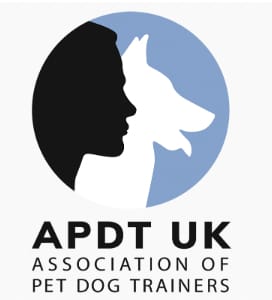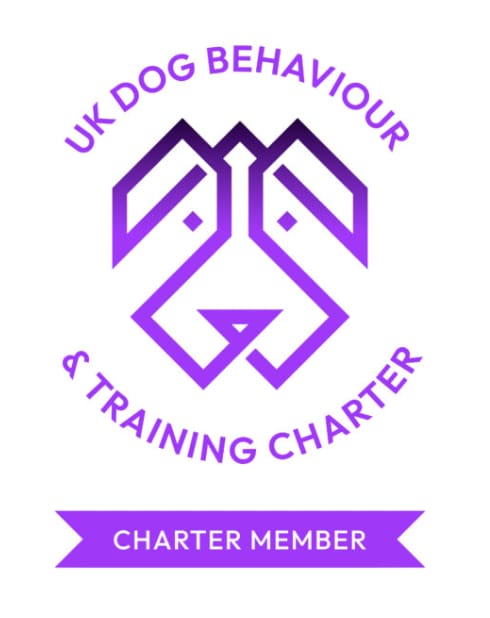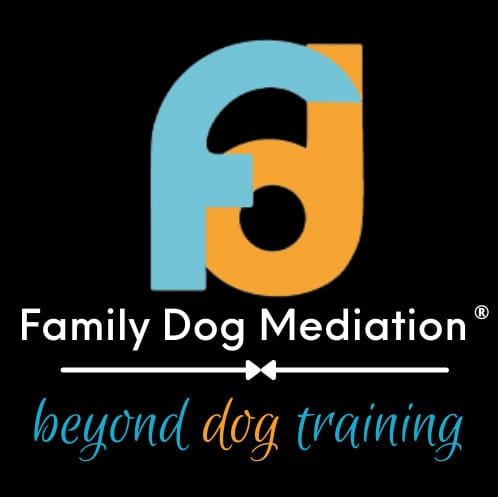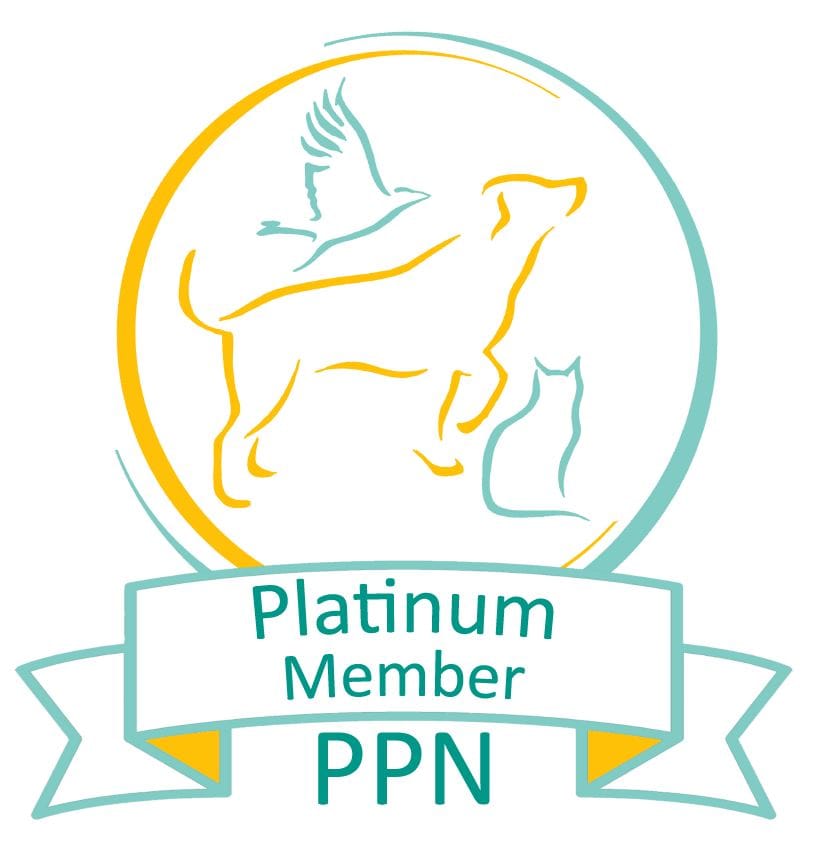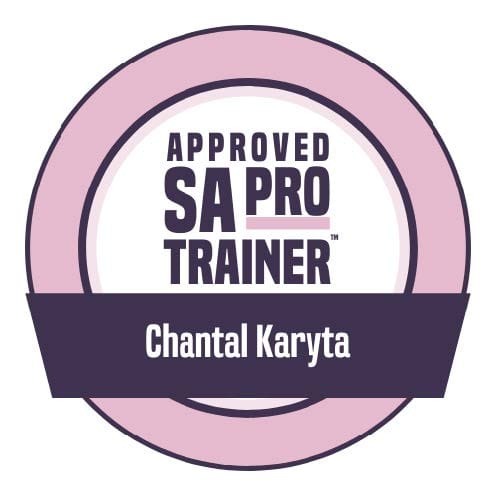How to calm an excitable dog
23/11/2020 - Blog
Does your pet get overexcited at the simplest things? Here are our tips on how to calm an excitable dog.
We’ve all seen videos of dogs and puppies who are just beside themselves with excitement at meeting people, greeting dogs, finding toys or anticipating meals. It looks cute when it’s on Facebook but if you live with a bundle of energy – it can be challenging.
There are times when having a muddy furball launch themselves at someone is just not fun. So how do you calm an excitable dog?
Age related behaviours
Puppies and adolescent dogs are naturally exuberant – and that’s a joy to behold - sometimes. Your job as a dog owner is to “parent” your puppy and teach them when it’s OK to play and when they need to control their emotions.
Puppy classes at CK9 dog training are all about shaping young canine minds. Without being harsh or unkind, we help you to teach your pup how to greet people politely, how to meet other dogs and how to settle down and “be good” while Mum and Dad are busy. We only ever use reward based training techniques. Puppy should always associate people with good stuff – that way they will grow to be well mannered and trusting as well as confident and playful.
Adolescent dogs (roughly 6-18 months of age) can also be boisterous. The trouble is, they’ve grown out of the cute puppy stage and so mischief is harder to forgive.
It’s crucial that, when your puppy hits that wall of adolescence, you continue with training. It will sometimes feel as though you are losing the battle, but trust me, one day, not so very far into the future, your pup will suddenly “grow up” and become that chilled out companion that you always wanted. If you abandon the training during the doggy adolescent stage, you may end up with an adult dog whose behavioural problems take a long while to remedy.
In short, if your puppy or dog is very energetic and under 2 years of age, regular and consistent training will help them to behave better. Working with a supportive and understanding dog trainer will help you to weather the storm and shape your fur-baby into a fantastic friend.
Diet and health
It sounds crazy, but sometimes, hyperactivity has its roots in something the dog cannot control. You should expect puppies and adolescents to have limited self-control and you can help them to work on that. However, if you have an adult dog who is a real handful, it’s well worth having them checked over by vet.
Ask the vet to do a thorough health check and also have a chat about diet. If you take along the packaging for their regular food, you could ask the vet if their diet is right for their age, breed and lifestyle.
Never make dramatic changes to your dog’s diet without consulting a vet first. Especially if your dog is very young, very old or has underlying health issues.
Mental stimulation
Is your dog’s brain kept busy enough? The devil definitely makes work for idle paws. Try trick training, scatter feeding, scentwork classes and relaxing “sniffy walks” to help use up your dog’s excess mental energy.
Training for impulse control
The best way to calm an excitable dog is to train for impulse control. You’d be surprised how quickly reward based training can teach your pooch that good things come to those who wait.
When you start training, your dog may appear confused. But it won’t be long before he or she gets the hang of it. And you’ll feel a lot happier about life with your pet.
Signs that your dog needs help with impulse control include
- Hurtling at full speed to greet people and other animals
- Snatching treats from your hands
- Stealing food from the table or the worktop
- Charging the door when guests arrive
- Running out of the door or jumping from the car before being invited
- Pulling on the lead
- Chasing cats, squirrels, bicycles etc
A simple dog training exercise to help improve impulse control
“Sit for a treat”
This is a good exercise to begin with. It’s simple and your pet will soon get the hang of it. The principals of it can be carried through to other training exercises. Basically we’re asking your dog to sit nicely if he wants to get to the good stuff.
Choose a time when the house is quiet and the dog is calm. Prepare a nice pot of tasty dog treats and have it close by. Choose a high value treat such as cheese, sliced hot dog or cooked chicken. You might want to put a lid on the pot! Sit yourself down so that your hands can be at doggy nose level.
Take one treat and hold it in your closed fist.
Offer your closed fist to your dog. He or she will REALLY want the treat. They’ll snuffle around and try to force your hand open with their nose. Then, they might try a different behaviour. Let them try as many tactics as they need to but only give them the treat when they sit down.
As with all dog training, timing is everything. The SECOND their bum hits the ground, “mark” the behaviour with a word (I use “good”) and then give them the treat.
Repeat the exercise 15-20 times and then end the session with cuddles and playtime. Train again tomorrow, and the next day and every day until it’s perfect. Then start working on the 3D’s.
The 3 D’s of dog training
Duration
Once you are confident that your pup has got the hang of this exercise, let him or her “sit” for 2 seconds before you mark and treat the behaviour. Gradually build the duration up to 5 seconds, then 10, then 15, 30 and so on until they can sit still for a minute or more. If they get impatient, go back to basics and start building up again from 2 seconds.
Distractions
This can be a challenge to very excitable dogs, but you’ve got this.
Start by doing your “sit for a treat” training in the garden instead of the house. Then try it while you are out for a walk. We dog trainers call this “proofing” the behaviour. If the dog can listen and respond to your cues while there are distractions, it’s proof that they’re actually making choices instead of just repeating an action.
Proof the behaviour with lots of different distractions and in lots of different places. Perhaps in the living room with somebody disco dancing in the background. Or in the kitchen while somebody else greets visitors at the front door.
Distance
You want your dog to stay calm whether or not you are at his or her side. Once you’ve built duration into the “sit for a treat” exercise, see if you can take a step back from your dog. Return to the dog to give the reward and then introduce a release cue “go play”. After lots of practice, your dog will learn to stay still while you do things like answer the door.
Professional help for excitable dogs
There are all sorts of reasons that your dog may need help to calm down. We’ve covered some of them in this article but there may be other reasons too – anxiety for example. If your dog’s behaviour is affecting your life together, it’s time to do something about it. Start by consulting a good, reputable dog trainer who uses reward based training techniques.
The team at CK9 dog training have had lots of success with helping excitable dogs to calm down. Click on the link below to talk to a qualified dog behaviourist and start making life better.
For dog training services in Surrey and online, talk to CK9 Dog Training.
Useful articles
How to stop your dog behaving badly
